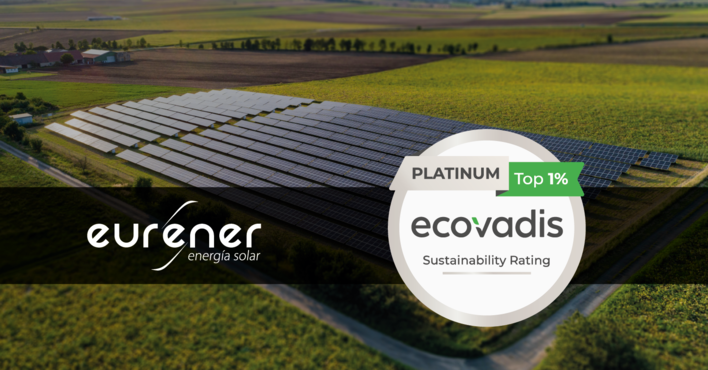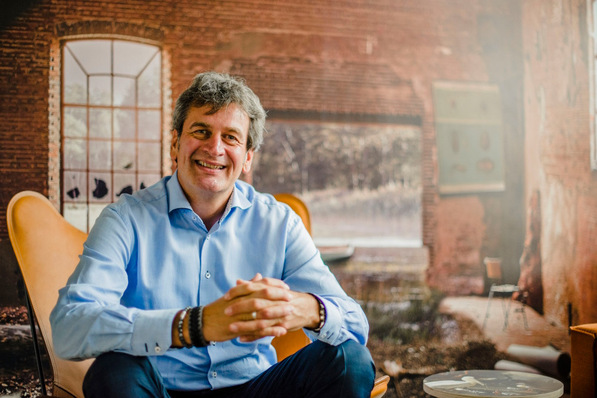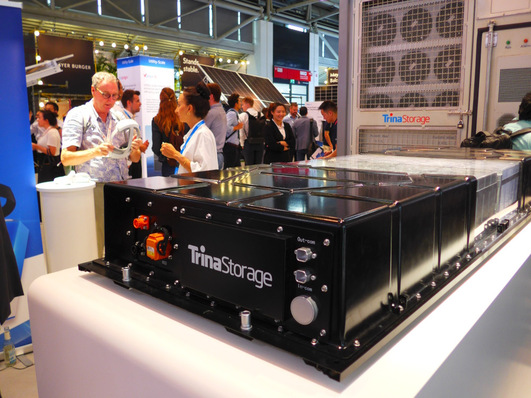This trend is further boosted by the research and mechanical engineering expertise represented on the continent as well as problems with global supply chains induced by the coronavirus pandemic. Despite the still tangible effects of the corona pandemic, European companies such as Meyer Burger and NexWafe are setting up new production facilities in Europe. Intersolar Europe, the world's leading exhibition for the solar industry, will once again dedicate an exhibition space to PV production technologies in 2021. The exhibition will take place as part of The smarter E Europe at Messe München from June 9–11, 2021.
34% market growth expected for 2021
In view of a drop in order intakes suffered by PV mechanical engineer in the second quarter of 2020 and an expected global drop of installations by four percent to 112 Gigawatts (GW) in the year 2020, SolarPower Europe’s Global Market Outlook (GMO) 2020-2024 predicts growth of up to 34 percent for the coming year. And the current coronavirus pandemic is not expected to change this:
“Photovoltaics is often more cost-efficient than other power generation technologies – a trend that is accelerating with time since the costs of solar power generation are still dropping faster than those of other technologies,” says Michael Schmela, Executive Advisor, Head of Market Intelligence & Member of the Leadership Team at SolarPower Europe. It is predicted that newly installed photovoltaic capacity in Europe will reach at least 30 gigawatts each year between now and 2023. Government programs promoting sustainability such as the European Green Deal and the EU Recovery Package are helping this trend along.
Innovation drives development
Innovations in the module, cell and wafer segments in particular are also helping drive this market development. This can be seen in the trajectory of solar module development – from multi-busbar technology to half-cut cell modules to solar tiles and shingles. Meanwhile, both module wattage and wafer size have increased over time. The next step toward even greater efficiency is heterojunction technology, which boasts cell efficiencies of over 25 percent; this technology earned REC Solar EMEA GmbH the Intersolar Award this year.
Product innovations and optimizations, rising demand and sinking production costs are enabling solar companies to bring photovoltaic production back to Europe. Initiatives and collaborations such as the Solar Manufacturing Accelerator scheme aim to re-establish and advance PV production in Europe. “Europe is an attractive production site because production is environmentally friendly and profitable here and has proven feasible even without subsidies,” explains Jutta Trube, Vice Managing Director of Electronics, Micro and New Energy Production Technologies (EMINT) at the German Mechanical Engineering Industry Association (VDMA).
Meyer Burger and NexWafe set up production facilities in Germany
Swiss-based company Meyer Burger is set to build module production facilities in Freiberg (Saxony) and Bitterfeld-Wolfen (Saxony-Anhalt), which will help revive a region that used to be Germany’s solar valley. The mechanical engineering specialist will become a producer of solar cells and modules. The start of production is scheduled for the first half of 2021 with an output of 400 Megawatts (MW) in solar cells and 400 MW in solar modules. The plan is to expand the factory’s production to 5 GW by 2026. Meyer Burger seeks to contribute to an environmentally friendly transformation of the European industry and create up to 3,500 jobs in the medium term. Production in Europe will shorten the supply chain in terms of time and geographical distance, thus also reducing carbon emissions.
But this is not the only project to be realized in the former solar valley: NexWafe, a company based in Bitterfeld-Wolfen, Baden-Württemberg, is planning the cost-efficient mass production of silicon wafers, so far the most expensive component of a solar module. The start-up has developed a process which lowers silicon losses during wafer production by 90 percent, saving resources and reducing costs. The production capacity is expected to reach 15 GW by 2026. Once the facility is set up, wafer manufacturing costs should be reduced to half of those currently incurred by leading Asian manufacturers.
Other European players are also ramping up their production capacities: NorSun, a Norwegian manufacturer of monocrystalline silicon blocks and wafers, is planning to increase annual production capacity from 450 MW to 1 GW, reducing unit costs by 30 percent as a result. The company plans to expand production capacity from 4 to 5 gigawatts by 2024.
Photovoltaics production technologies at Intersolar Europe
Intersolar Europe 2021 will showcase solutions and products for photovoltaic production and for automation, monitoring and measuring technology. The world’s leading exhibition for the solar industry once again has a special exhibition space for PV production technologies. These technologies are not just interesting for the PV industry: Investors from the energy storage industry and other parts of the energy industry interested in new production capacities and companies will find an overview of the latest processes, technologies and innovations.
Battery production in Europe is also on the rise. Production capacities for lithium-ion batteries are growing faster in Europe than in any other region of the world. Current forecasts predict that the continent’s share in this global manufacturing business will increase from around 6 percent now to 16 to 25 percent by 2030. ees Europe – the continent’s largest and most international exhibition for batteries and energy storage systems – Intersolar Europe, Power2Drive Europe and EM-Power Europe are all part of The smarter E Europe. As the innovation hub for new energy solutions, The smarter E Europe offers international players an opportunity to take advantage of the cross-sector potential and business models of the new energy industry.
Raised awareness of local value-added chains
“Taking into account the demand for photovoltaic power for sector coupling, annual deployment of over 100 GW is expected in Europe as soon as sometime between 2025 and 2030. This is a considerable market volume. Furthermore, the coronavirus crisis has raised awareness for the importance of strengthening local value-added chains, particularly in conjunction with plans for green hydrogen. This and more may make the rebirth of PV production in the EU possible,” adds Jutta Trube. On November 24, 2020, VDMA will be hosting a webinar “PV renaissance in Europe”, where representatives of the European PV industry will present their plans and discuss the establishment of wafer, cell and module production in Europe. For further information and webinar registration, please click here. The digital event series The smarter E goes digital also offers information on photovoltaic production technologies.
Intersolar Europe and the parallel exhibitions ees Europe, Power2Drive Europe and EM-Power Europe will all take place from June 9–11, 2021, as part of the innovation hub The smarter E Europe at Messe München. (hcn)







